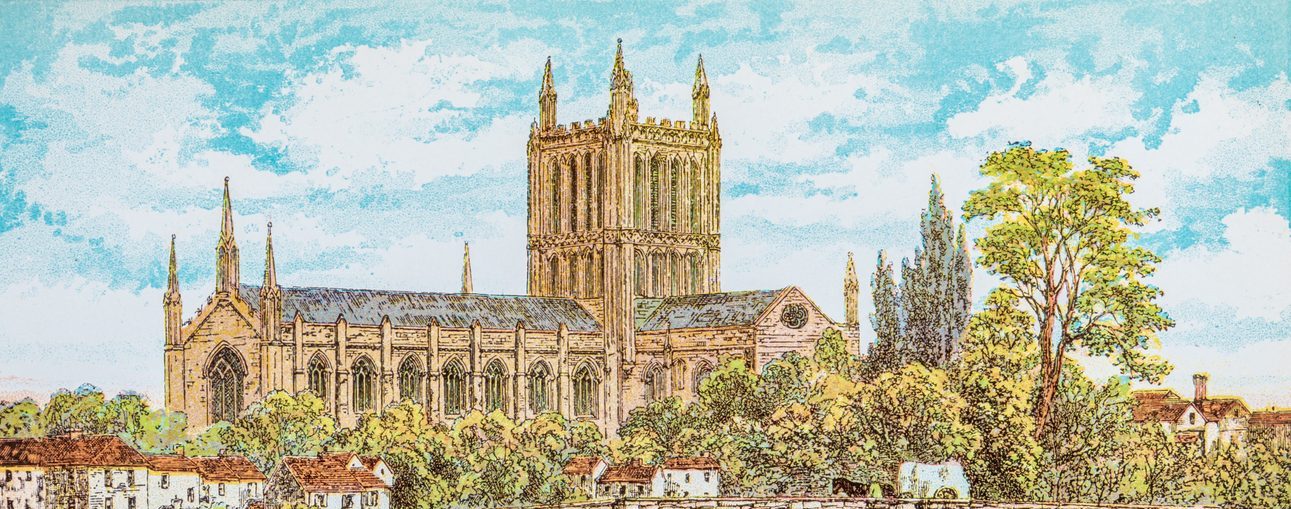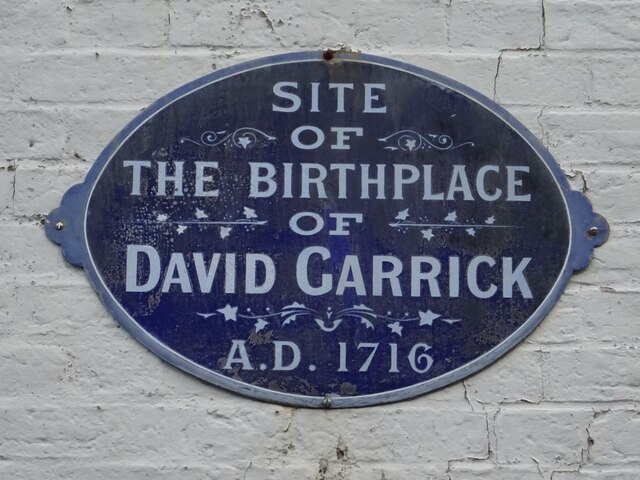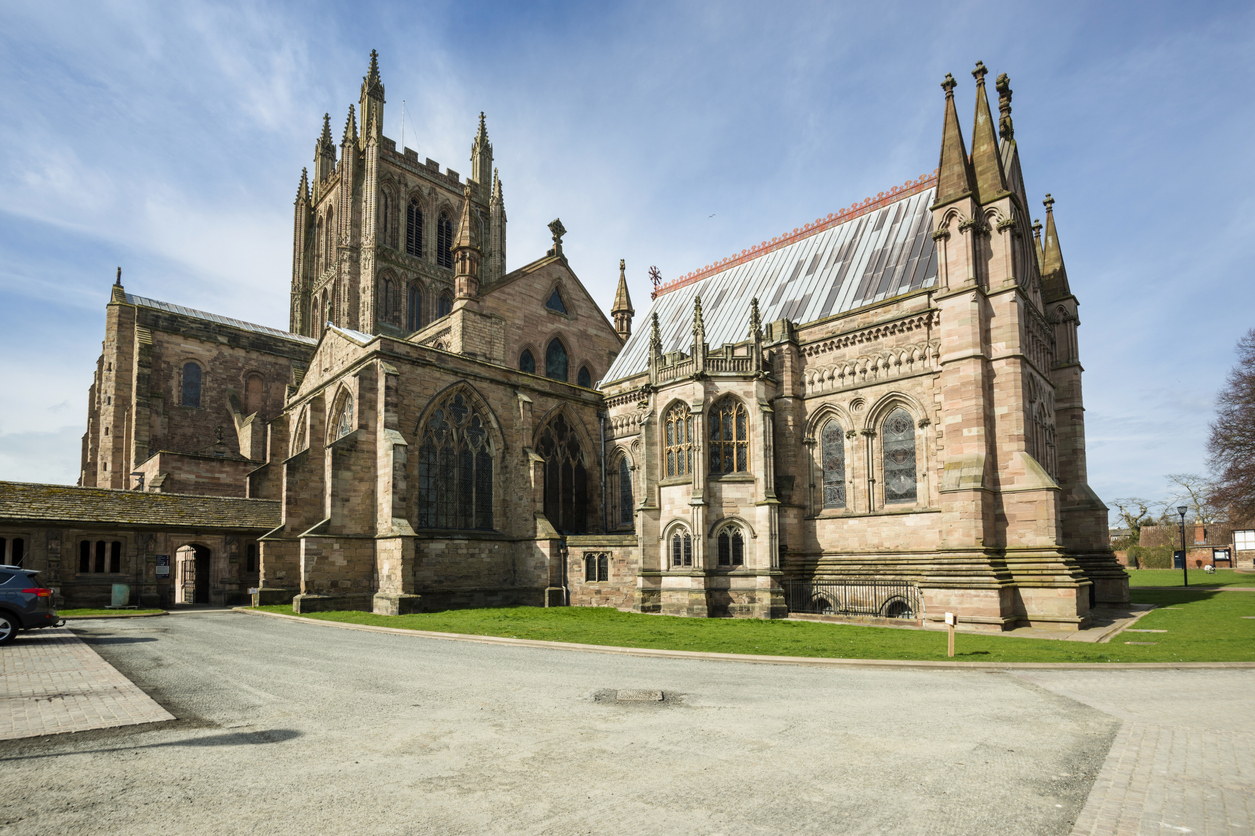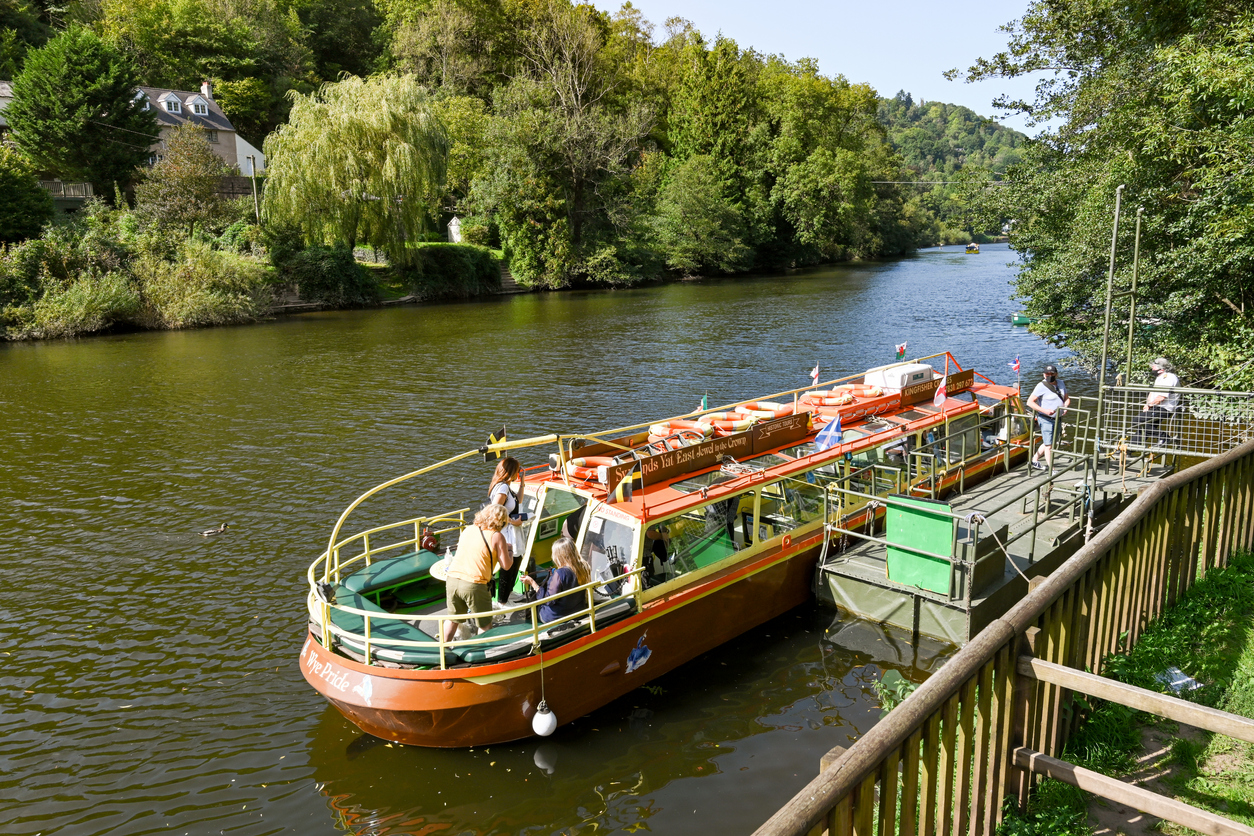Your Herefordshire
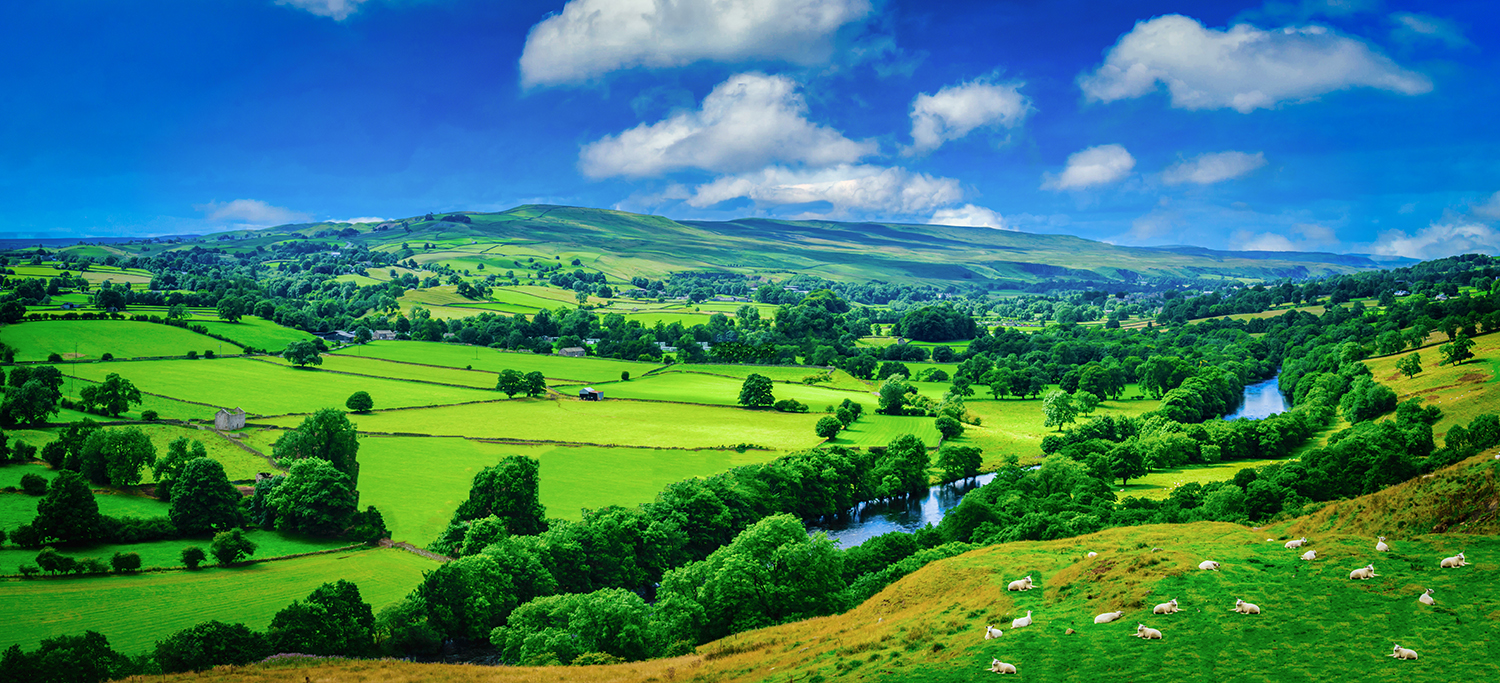
Largely bypassed by motorways and arterial routes Herefordshire remains a hidden gem waiting to be explored.
As one of the less-populated counties of England, we still boast wild landscapes, roaming hills, beautiful orchards and meandering rivers such as the Wye and the Lugg. We also have historic market towns like Ledbury, Kington and Ross-on-wye to name but a few, all with character, heritage and fine oak-framed buildings.
Hereford City
Hereford Cathedral is the home of Mappa Mundi and the Chained Library. The cathedral has been a place of worship for over 1,300 years.

Rivers and walks
The River Wye downstream from Hay-on-Wye is one of the longest stretches of water in England with a public right of navigation. It travels through Areas of Outstanding Natural Beauty (AONB) and is very popular with canoeists and paddleboarders in summer. However, the lower Wye is a recognised salmon fishery so if you are in a canoe, please respect all anglers. Canoes are for hire in many locations along the Wye and there are sections of the river suitable for all skill levels.

The Wye also delivers great walks and fantastic vantage points such as Symonds Yat to take in magnificent views. And you can see a whole series of walks from 2 to 10 miles on the Herefordshire Council website. These have notes and maps so you shouldn’t get lost!
You could argue the River Wye is the birthplace of local tourism and the first package holiday. In 1770, a local rector in Ross-on-Wye commissioned a boat to take his guests on a tour by river. This tour caught on and flourished into one of the very first package holidays. Following this success, in 1782, the first guidebook of the Wye Valley came out.
Cattle
The word Herefordshire in the farming community worldwide means mainly one thing: cattle. Herefordshire cattle are one of the oldest British native breeds. Their tan bodies and the characteristic white faces mark them out. Mainly grass-fed, they love to graze and have a placid nature.

In 1738, Benjamin Tomkins started commercially breeding Herefords at Canon Pyon in Herefordshire. By 1817 the first two pairs of Herefords were exported to the USA. Just 23 years later, an American breeding herd came into being. 1878 heralded the birth of the Hereford Cattle Society under the Patronage of Queen Victoria.
After more than 250 years of selective breeding, the Hereford is now a cornerstone of the international beef industry. Today, with close to ten million cattle across 120 countries, Herefords provide the highest quality marbled beef across the globe. For more information, go to the Hereford Beef website.
Cider
Do you know that around half of England’s cider apples grow in Herefordshire? Moreover, at one time almost every small farm in Herefordshire had its own cider-making mill and press?
Today Herefordshire is home to two international cider makers, Bulmers and Westons, as well as many smaller artisan makers. There is a Cider Museum in the city of Hereford and many of the smaller makers also give tours and have open days. For more information, go to the Visit Herefordshire website.
A proud regiment
One association with the word Hereford is our elite military force, the Special Air Service, or, as they are better known, the SAS. Originally based in Hereford itself, they now have their operational centre nearby at an old RAF training base. There is a clocktower in Hereford where you can see all the names of deceased SAS soldiers.
Music
From Edward Elgar to Ellie Goulding, Herefordshire has always had an association with music. Pubs, halls, churches and theatres all provide venues for live music. A simple Google search will turns up many and varied opportunities, from folk to classical.
Queenswood
If you live in Herefordshire, you are bound to know the name Queenswood. If you’re new to the county, you’ll find it has an interesting history and is now a very important part of wildlife and ecosystem conservation and wellbeing for all visitors.

At Dinmore Hill in January 1934, a piece of land consisting of 137 acres came up for sale for £1,092. This was a significant sum at the time. CPRE were worried about ribbon development eroding our landscape so the funds were raised to buy the land. A short while later, a larger scheme was proposed to create a country park to celebrate the silver jubilee of George V. The aim was to preserve the whole of Dinmore Hill as a public place forever.
In 1935, CPRE minutes record handing over the 137 acres to form part of the Kingswood Country Park. Later renamed Queenswood, the park and arboretum is now run by the Herefordshire Wildlife Trust for the benefit of local communities and tourists alike.
Visit the Queenswood Country Park and Bodenham Lake website.



